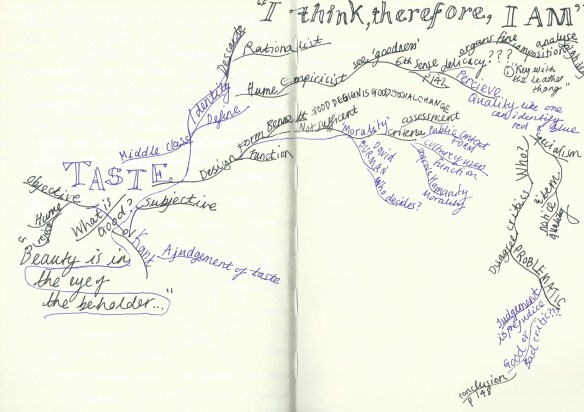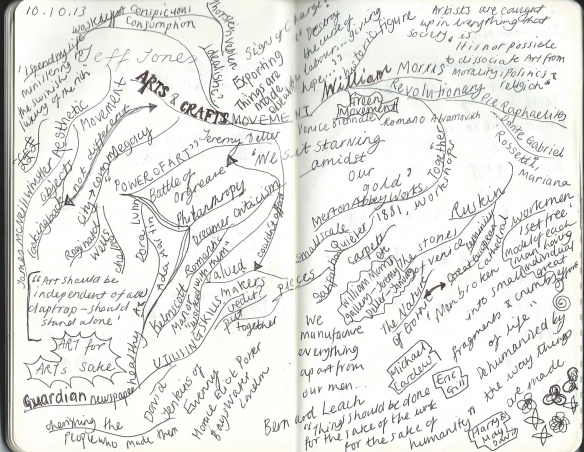So I have finally handed in my dissertation proposal, I am a step closer to completing the real thing! The working title being The Importance of the Physical Touch in Installation Art. I have really enjoyed writing it actually, as the topic is something I find particularly interesting. Although I have 3 chapters, one on Installation Art, one on Experiential touch and the other on comparing the the upsides and downsides of having touch in a gallery environment; after speaking to Dr Mahnaz Shah, my dissertation tutor, I want to change the structure. We realised that as I was speaking to her, I have an interest in the psychology has within art rather than philosophy. I want to see hard evidence for why something is the way it is, instead of just a theory. People have suggested for me to look at Merlaux Ponty’s work, but I don’t really want to go down the philosophy route. An example of psychological evidence supporting physically engaging with museum objects would be Chatterjee et al’s paper Museopathy: Exploring the Healing Potential of Handling Museum Objects. They went into hospitals and actually let patients handle museum objects. This touch led to patients (with memory problems) reminiscing and accessing memories which probably would’ve still been forgotten if it wasn’t for engaging with these objects.
My next step will be to continue researching. Interestingly I found a book the other day-whilst waiting for my train home- called “Touch The Science of the Sense that Makes Us Human” by David J. Linden and so far its been a good read! Both fun and informative, this book shows how interpersonal touch defines us. Along with this book, I have other studies to look into, such as the importance of play for adults and how touch is beneficial when people don’t have strong hearing or sight.
*Update*
After receiving having a tutorial to discuss my mark- I wish to introduce some of my own opinions into my dissertation; although I have been marked with a 2:1, Dr Shah believes I can up this to a 1st, by being more brave with my writing! So instead of saying, this person said this about that, I need to challenge what that person said with my own views and evidence. And since my dissertation does link to my subject work, I could include what I’m currently making in my thesis.





